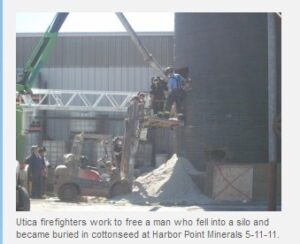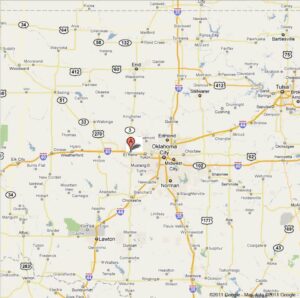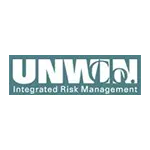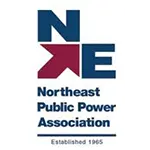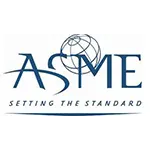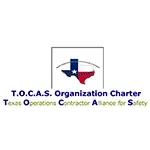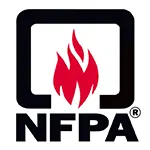Let us help you make sense of PSM / RMP!
My friend Brian Chapin will be offering an open-enrollment PSM/RMP class in Burleson, Texas, July 8th to 11th, 2025. Brian is an absolute pro in NH3 Refrigeration Process Safety. Anyone who attends will also get a FREE membership to SAFTENG. You can get more information on the class with this link.
CLICK HERE to Renew your Membership
CLICK HERE for a NEW Membership
CLICK HERE to see eligibility requirements for FREE Membership
If you have any questions, please contact m
SAFTENG has:
- Over 18,000 categorized unsafe acts/conditions and accident/injury photos
- Over 1,500 ppt's & doc's in the SAFTENG Library
- Over 4,000 Technical Articles on Process Safety, Emergency Response & OSH topics
- Over 450 videos (those not allowed on YouTube Channel)
Many THANKS to my NEW Members and those who CONTINUE to support SAFTENG:









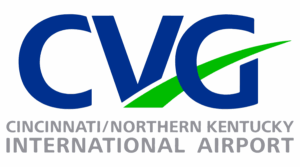

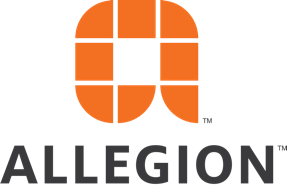
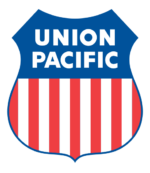

June 4, 2011
This is video footage of the hotwork tank explosion next to the cruise ship incident that was in last nights incident alerts. An oil storage tank exploded in the port just metres from where a cruise ship was berthed – the explosion blew the lid off the tank and sent a fireball high into the air – the buckled steel lid lay on the quayside away from the tank, indicating the force of the explosion...
Read More
June 3, 2011
Paragraph (q) of HAZWOPER lists seven emergency responder categories, which include the following five principal training levels under (q)(6): first responder awareness level, first responder operations level, HAZMAT technician, HAZMAT specialist, and on-scene incident commander. The remaining two categories include skilled support personnel (q)(4) and specialist employees (q)(5). Employees responding...
Read More
June 3, 2011
2011 Fatality Tracker Electrical 22 (2010 = 90) (2009 = 100) Forklift/Manlift Mobile Equipment 41 (2010 = 110) (2009=88) Mining 83 (2010 = 480) (2009 = 586) Explosions 111 (2010 = 246) (2009 = 302) Cranes 17 (2010=50) (2009 = 82) Falls 51 (2010 = 139) (2009 = 172) (2008 = 250) Work Zone 9 (2010 = 50) (2009 = 69) (2008 = 69) Trenching 10 (2010 = 54) (2009 = 48) (2008 = 90) LOTO/Guards 25...
Read More
June 2, 2011
CONFINED SPACE FATALITY – ONE ENTRANT and ONE “WOULD BE RESCUER” – Oxygen Deficiency
…
HomeRead More »
Read More
June 2, 2011
I saw this news photo of a CS Engulfment Rescue and was appalled at the rescue technique.
…
HomeRead More »
Read More
June 1, 2011
20 workers at an oil and gas rig were hurt when a possible tornado moved through the area. Pictures courtesy Phil Owens, Discovery Services
…
HomeRead More »
Read More
June 1, 2011
This is an OUSTANDING presentation from a Region V Area OSHA Office on Ladders and Falls.
…
HomeRead More »
Read More
May 31, 2011
This is being provided with the hope that we can learn from the mistakes made during this emergency. PLEASE see my post “Who calls 911?” for more on this task.
…
HomeRead More »
Read More
May 31, 2011
Last week I wrote about taking 10 minutes and calling your local fire department to review your response needs. Last night’s incident alerts had an incident that demonstrates EXACTLY what can happen when “Pre-Planning” is not done or done poorly!
…
HomeRead More »
Read More
May 31, 2011
2011 Fatality Tracker Electrical 21 (2010 = 90) (2009 = 100) Forklift/Manlift Mobile Equipment 39 (2010 = 110) (2009=88) Mining 82 (2010 = 480) (2009 = 586) Explosions 105 (2010 = 246) (2009 = 302) Cranes 16 (2010=50) (2009 = 82) Falls 51 (2010 = 139) (2009 = 172) (2008 = 250) Work Zone 9 (2010 = 50) (2009 = 69) (2008 = 69) Trenching 10 (2010 = 54) (2009 = 48) (2008 = 90) LOTO/Guards...
Read More




